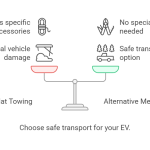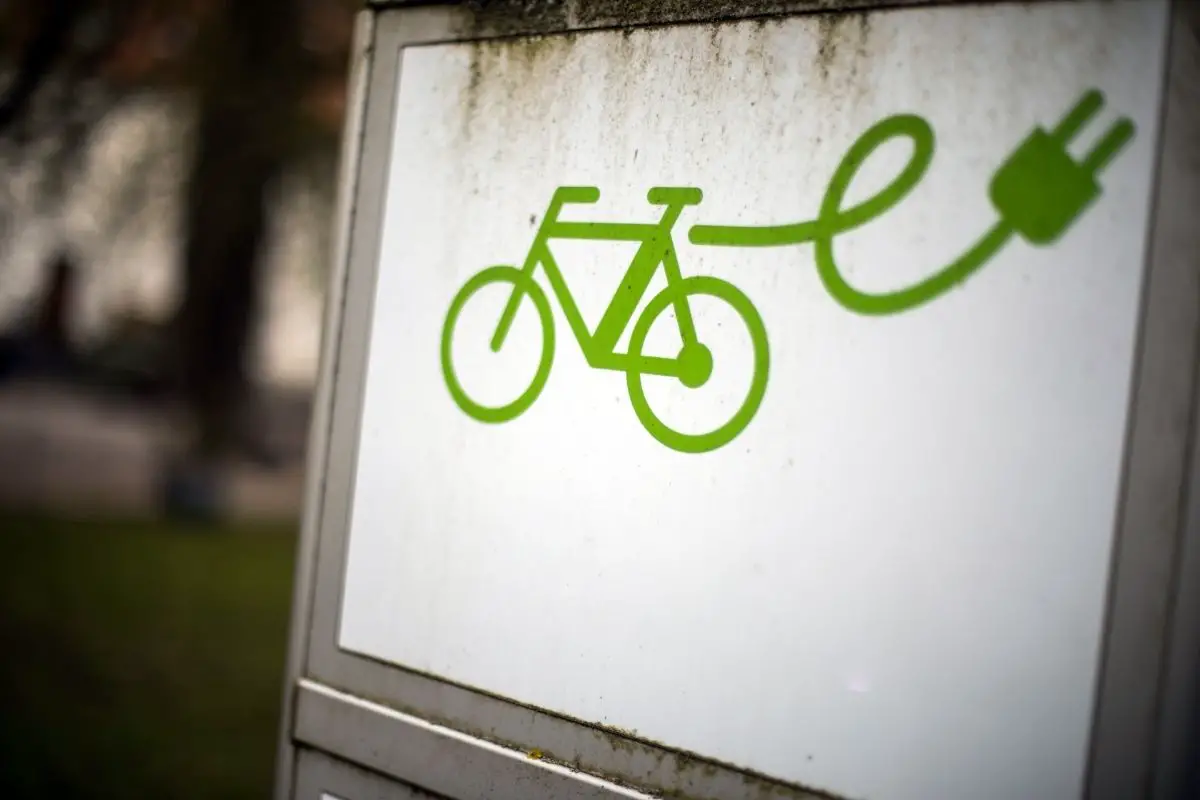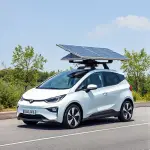Last Updated on January 26, 2025 by
A hybrid car can typically sit undriven for 1-3 months without significant issues. However, it’s recommended to start and run the vehicle for about 60 minutes once a week to maintain battery charge. For longer periods, disconnect the 12V battery, use a maintenance charger, and keep the hybrid battery charged above 10%.
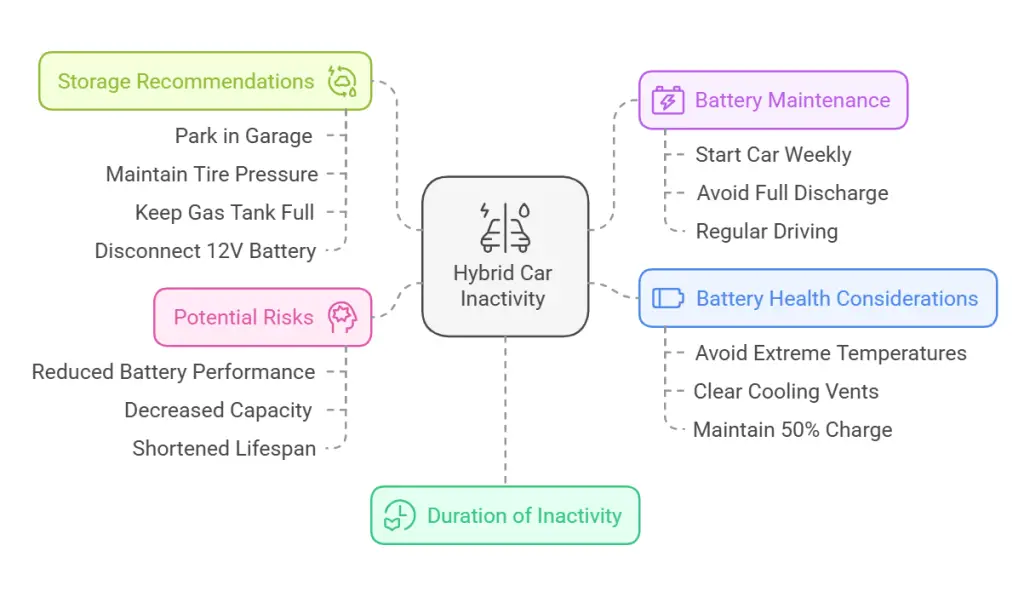
Key Takeaways – How long can you let a hybrid car sit?
Hybrid Car Storage Guidelines
- Duration of Inactivity: Hybrids can typically sit for several months without significant issues, but regular maintenance is recommended
- Battery Maintenance:
- Start the car and put it in “Ready” mode for about 60 minutes once a week
- Keep the hybrid battery charged, avoiding full discharge
- Aim to drive at least 30 minutes or 10 miles every few months
- Storage Recommendations:
- Park in a garage or covered area
- Keep the car in a well-ventilated space
- Maintain tire pressure
- Keep the gas tank full
- Disconnect the 12V battery for extended periods
- Battery Health Considerations:
- Avoid extreme temperatures
- Keep battery cooling vents clear of debris
- Maintain battery at around 50% charge, not fully charged or fully depleted
- Potential Risks:
- Extended periods without use can reduce battery performance
- Older batteries may drain more quickly
- Lack of use can lead to decreased battery capacity and lifespan
Electric vehicles, which are now becoming widely popular, are quite different from regular cars.
The length of time a hybrid or an electric car can be left unused varies between models and manufacturers.
Hybrid cars contain nickel-metal-hydride batteries, and hence the general notion is that they should remain fine if left unused for 2-3 months.
However, one should always go through the user manual and look for specific storage instructions, if a hybrid is to be left unused for more than 30 days.
How long before your engine hybrid battery will last car undriven
Hybrid Car Battery Discharge Calculator
Common Toyota hybrid 12v battery problems
Toyota hybrid vehicles commonly experience issues with their 12V auxiliary batteries, particularly when the car is not driven regularly:
- Rapid Discharge: The 12V battery in Toyota hybrids tends to discharge quickly when the vehicle is left unused, sometimes in as little as a few days.
- Insufficient Charging: Short trips may not provide enough time to fully recharge the 12V battery, leading to gradual depletion over time.
- Size Limitations: The 12V batteries in hybrids are typically smaller than those in conventional cars, making them more susceptible to depletion.
- Continuous Power Draw: Even when turned off, hybrid systems continue to draw power from the 12V battery, accelerating discharge.
- Cold Weather Impact: Low temperatures can exacerbate battery drain issues, further reducing the battery’s capacity.
To mitigate these problems, Toyota recommends:
- Starting the car and running it in “Ready” mode for about 60 minutes weekly
- Taking regular longer drives (30 minutes or 10 miles) to ensure proper charging
- Using a battery maintainer or solar charger for extended periods of inactivity
- Considering an upgrade to a higher-capacity 12V battery for improved reliability
It’s important to note that while these issues are common, they are generally manageable with proper care and regular use of the vehicle.
What kills a hybrid battery?
Batteries tend to lose their voltage over time even when they aren’t being used. This is more so for older cars with older hybrid batteries.
Hybrid vehicles usually consist of a low-voltage auxiliary battery and a high-voltage traction battery. These batteries use kinetic energy and regenerative braking to stay charged.
“Inactivity kills a hybrid battery”, said Dave Callari with DC Battery Hub.
What happens when a hybrid car runs out of battery?
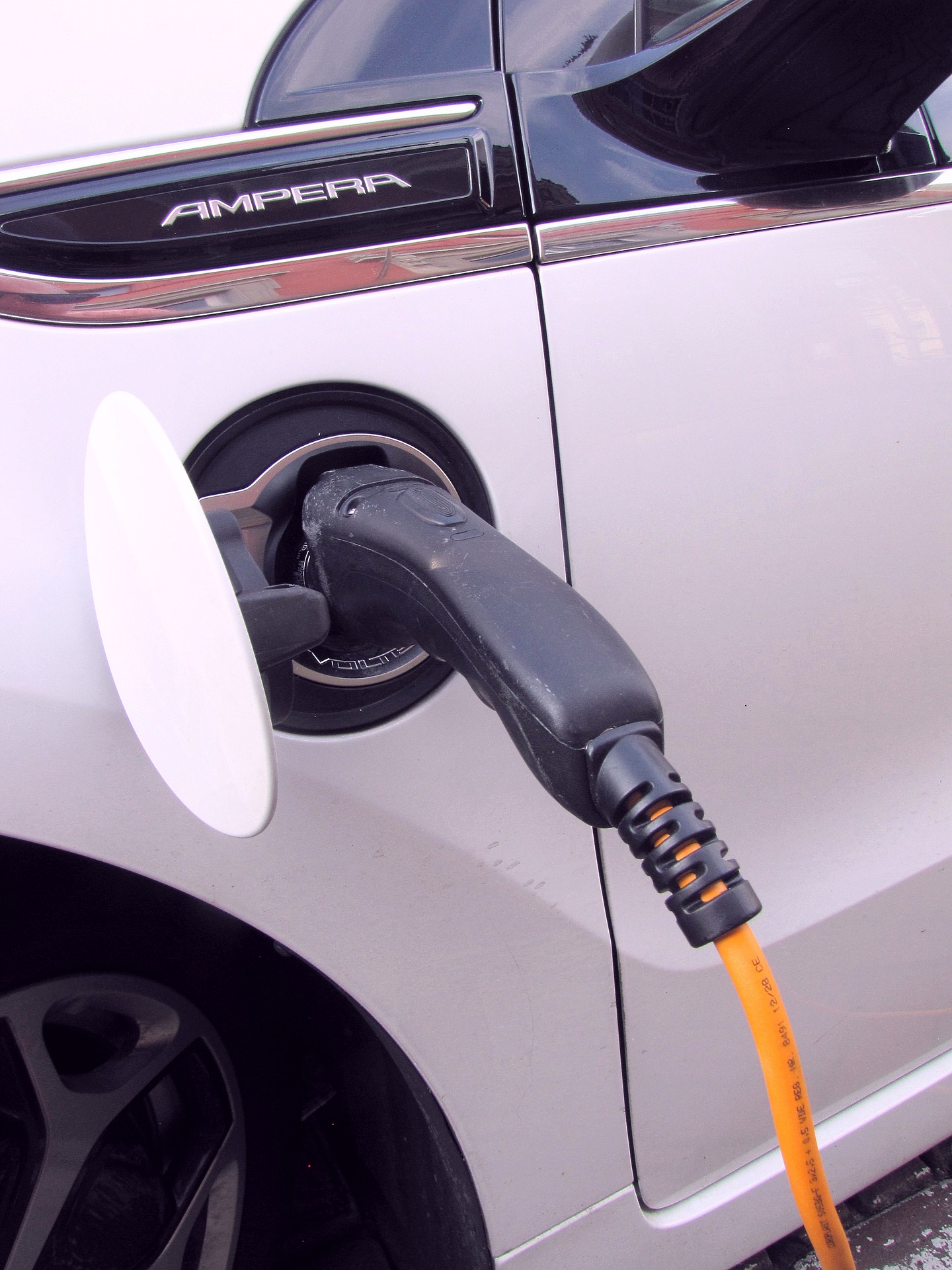
When a hybrid car’s battery is depleted, the vehicle switches to running solely on its gasoline engine. This transition results in:
- Reduced fuel efficiency compared to normal hybrid operation
- Decreased overall performance and power output
- Loss of electric-only driving capability
The car will continue to function, but with diminished power and economy. It’s important to note that regular driving helps recharge the hybrid battery through regenerative braking and the engine’s alternator.
To maintain optimal battery health, it’s recommended to:
- Drive the hybrid for at least 60 minutes weekly
- Take regular longer drives of 30 minutes or 10 miles
If the hybrid battery is completely drained and unable to start the gasoline engine, the car may require a jump-start or professional assistance to get running again.
Many hybrid cars come with two batteries – the main battery, and a smaller battery to operate the electronics.
It is okay for the smaller battery to die during a journey, but if the main battery dies, then it’s a recipe for disaster.
Regardless of whether it’s a Toyota Camry Hybrid or a Ford Fusion, if the main battery in a hybrid vehicle dies, then the vehicle becomes inoperable.
Popular Hybrid Models with their battery sizes and range
| Model | Main Battery (kW) | Aux Battery (Ah) | Electric Range (miles) | ICE Range (miles) | Engine Size (cc) |
|---|---|---|---|---|---|
| Toyota Prius Prime | 8.8 | 12 | 25 | 640 | 1800 |
| Honda Clarity | 17 | 12 | 47 | 550 | 1500 |
| Hyundai Tucson PHEV | 13.8 | 12 | 33 | 460 | 1600 |
| Ford Escape PHEV | 14.4 | 12 | 37 | 520 | 2500 |
| Kia Niro PHEV | 11.1 | 12 | 26 | 540 | 1600 |
| BMW 330e | 12 | 12 | 23 | 480 | 2000 |
| Volvo XC60 PHEV | 18.8 | 12 | 35 | 500 | 2000 |
| Chrysler Pacifica PHEV | 16 | 12 | 32 | 520 | 3600 |
How often do you have to drive a hybrid car to keep the battery charged?
Hybrid vehicles run on batteries which require kinetic energy to remain charged.
To avoid a dead battery issue and ensure healthy battery life, Toyota recommends its hybrid vehicle owners take their cars for a drive at least two times a week.
Hybrid cars are meant to be driven frequently, to ensure healthy battery life.
If a hybrid vehicle is kept unused for a long period of time, it results in battery depletion and gradual imminent failure.
What happens if you don’t drive your hybrid car?
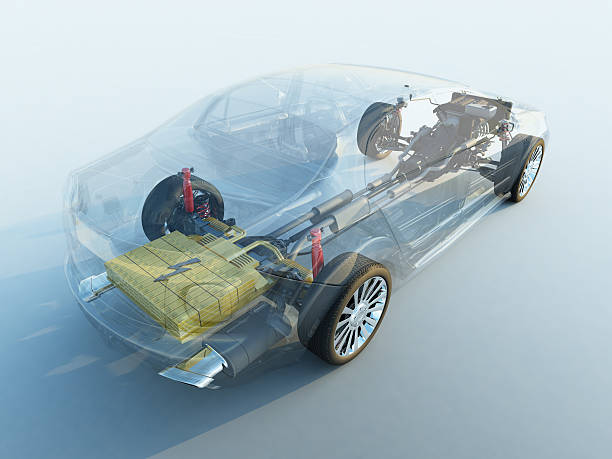
Hybrid vehicles generally come with two batteries. A 12 v battery is to power the systems and a high-voltage battery or hybrid system battery is meant to power the engine and motors.
Many hybrid cars are equipped with a special battery-saving mechanism, which gets automatically activated if the vehicle isn’t operated for a long time.
This is a good thing as it prevents the drainage of the 12 v battery as well as the HV battery.
How long can a hybrid car sit without starting?
It is widely agreed that hybrid vehicles shouldn’t be left untouched for an extended period of time. Even if it’s a short drive, it is recommended to take them out weekly.
Leaving a hybrid vehicle in the garage for two or three months may be considered okay, but keeping it untouched for four-five months may be pushing it a bit.
With the vehicle turned off, there isn’t any parasitic drain on the main battery, but the 12 v battery still gets depleted.
Even with the battery-saving mechanisms that modern hybrids come equipped with, it is not recommended to keep them unused for long periods.
How do you know when your hybrid battery needs to be replaced?
Signs Your Hybrid Battery May Need Replacement
There are several key indicators that your hybrid battery may need replacement:
- Decreased Fuel Efficiency: If you notice a significant drop in your vehicle’s fuel economy, it could signal a failing hybrid battery.
- Reduced Performance: Sluggish acceleration, lack of power when driving uphill, or overall diminished performance may indicate battery issues.
- Warning Lights: Illumination of hybrid system warning lights or check engine lights on the dashboard often suggests battery problems.
- Inconsistent Charging: If the battery drains quickly, fails to hold a charge, or shows irregular charging patterns, it may be deteriorating.
- Increased Engine Running Time: The gasoline engine running more frequently than usual could mean the hybrid battery isn’t providing sufficient power.
- Reduced Electric Mode Operation: Difficulty maintaining electric-only propulsion or spending less time in electric mode points to potential battery issues.
- Age and Mileage: As hybrid batteries approach 8-10 years or 100,000-150,000 miles, they’re more likely to need replacement.
- Strange Noises: Unusual sounds from the hybrid system might indicate battery problems.
If you experience these symptoms, it’s advisable to have your hybrid battery professionally inspected to determine if replacement is necessary.
There are a few signs from which one can tell if a hybrid battery needs to be replaced. These are:
- Reduced Fuel Economy – This is usually a tell-tale sign that something is wrong with the battery.
- Internal Combustion Engine (ICE) being overused – The ICE is stressed a lot more than usual when there is something wrong with the battery and it can’t provide enough power.
- Dashboard Light – When all the dashboard lights are on, including the check engine lights and the vehicle stability control lights, it usually means something is wrong with the battery.
- Weird Noises – A constant sound of a fan running, indicates that the battery is running hotter than expected
- Charging Issues – The display showing an improper charge or the battery not holding a charge properly, are both signs of battery failure.
Can you leave a car sitting for 3 months?
A regular car can be stored for months without use under proper storage conditions.
For a car to be stored for months without use, there are certain dos and don’ts that need to be followed:
- Starting the engine from time to time
- cleaning the spark plugs with oil
- cleaning the interiors, and
- moving the car every now and then to avoid flat spots on the tires.
There are quite a few types of hybrid cars and many of them operate differently from one another.
Some of them are just electric cars with a gasoline engine keeping the battery charged, while others are essentially gasoline vehicles with a measly electric motor.
Considering the wide variety of hybrids out there and their varied means of operation, it is easy to conclude that different hybrid vehicles may have different storage lives.
However, most hybrids are still functional even after 3 months of inactivity.
How to maintain hybrid car battery

The increased global emissions and the consequential increase in global awareness have resulted in many people opting for hybrid cars.
This brings us to the question of the maintenance of hybrid car batteries, which can be done by following five simple steps:
- Regular Use – This is good for any vehicle but more so for hybrid cars
- Regular Maintenance – Much like any other machine, a hybrid car also requires proper tune-ups.
- Proper Braking and Acceleration – Aggressive braking and acceleration take their toll on a hybrid car’s battery life and are strongly advised against.
- Keeping AN 80/20 Charge – Keeping a hybrid battery 100% charged can lead to more rapid depletion while draining the battery below 20% can ruin the battery. Ideally, the battery should be no more than 80% and no less than 20%.
- Proper Temperature – Extreme temperatures can have adverse effects on battery life.
Is it a Good Idea to Leave a Hybrid Car Running?
While hybrid cars are designed to handle idling better than conventional vehicles, it’s generally not recommended to leave them running unnecessarily for extended periods:
- Battery Impact: Extended idling can drain the hybrid battery, potentially reducing its lifespan and efficiency over time.
- Fuel Consumption: Even though hybrids are more efficient when idling, they still consume fuel when the engine periodically runs to recharge the battery.
- Environmental Concerns: Unnecessary idling contributes to air pollution and increased carbon emissions.
- Legal Issues: Some jurisdictions have anti-idling laws that could result in fines.
However, short periods of idling (e.g., in traffic or brief stops) are generally fine for hybrid vehicles. If you need to wait for extended periods:
- Consider turning off the engine if you’ll be stationary for more than a minute or two.
- For longer waits, it’s better to park and go inside rather than idling in drive-throughs or pickup lines.
- If you need climate control or power for devices, running the car periodically is preferable to continuous idling.
Remember, hybrid vehicles are designed to be driven regularly. Inactivity for long periods can negatively affect battery performance, so it’s important to use your hybrid vehicle regularly to maintain optimal battery health.
Many modern hybrid vehicle manufacturers equip their cars with an auto turn-off feature to avoid any unnecessary stress on the hybrid battery pack.
However, it is not advised to keep a hybrid car running as it may eventually drain the gas tank if the auto turn-off feature isn’t present.
Procedure for storing a hybrid for the winter
Procedure for Storing a Hybrid Vehicle for the Winter
When storing your hybrid vehicle for the winter, follow these steps to ensure its proper maintenance:
- Charge the Battery: Ensure the hybrid battery is fully charged before storage.
- Maintain the 12V Battery: Connect a trickle charger to the 12V battery to keep it charged. A solar charger can also be used.
- Fuel Management: Fill the gas tank to prevent moisture accumulation. Consider adding a fuel stabilizer.
- Tire Care: Inflate tires to the proper pressure. For extended storage, consider placing the vehicle on jack stands to prevent flat spots.
- Storage Location: If possible, store the vehicle in a garage or use a car cover to protect it from the elements.
- Battery Warmth: In extremely cold climates, consider using a battery blanket to maintain optimal temperature.
- Periodic Start-ups: If possible, start the vehicle and run it in “Ready” mode for about 60 minutes every few weeks.
- Fluid Levels: Check and top up all fluids before storage.
- Pest Prevention: Seal exhaust pipes and air intakes to prevent rodents from entering.
For storage longer than four weeks, Toyota recommends:
- Discharging the high voltage battery until two or three bars remain on the battery range indicator.
- Not plugging in the charge cord for extended storage.
- Disconnecting the 12V battery negative cable and using a trickle charger, or charging from the underhood remote terminals.
Remember, it’s best to consult your vehicle’s owner manual for specific storage instructions, as procedures may vary between different hybrid models and manufacturers.

Can you trickle charge a hybrid battery?
It is possible to trickle charge a hybrid battery. A trickle charger can be installed in a hybrid vehicle which can prevent the vehicle’s battery from draining fully.
In theory, hybrid car batteries can be trickle charged, but doing so may cause various problems for the battery and reduce its longevity.
So if one wishes to trickle charge a hybrid car, then user discretion is advised.
FAQ relating to how long can a hybrid sit undriven?
1. How long can a hybrid car sit without being driven?
A hybrid car can typically sit for 1-3 months without significant issues. However, it’s recommended to start and run the vehicle in “Ready” mode for about 60 minutes weekly to maintain battery charge. For longer periods, disconnect the 12V battery, use a maintenance charger, and keep the hybrid battery charged above 10% to prevent degradation.
2. What happens when a hybrid car runs out of battery?
When a hybrid’s battery is depleted, the car switches to running solely on its gasoline engine. This results in reduced fuel efficiency, decreased performance, and loss of electric-only driving capability. The vehicle will continue to operate, but with diminished power and economy. Regular driving helps recharge the battery through regenerative braking and the engine’s alternator.
3. How do you know when your hybrid battery needs to be replaced?
Signs that a hybrid battery needs replacement include decreased fuel efficiency, reduced performance, warning lights on the dashboard, inconsistent charging, increased engine running time, and reduced electric-only operation. The vehicle’s age (8-10 years) or high mileage (100,000-150,000 miles) can also indicate potential battery replacement needs. Professional inspection is recommended if these symptoms occur.
4. Is it a good idea to leave a hybrid car running?
It’s generally not recommended to leave a hybrid car running unnecessarily. Extended idling can drain the battery, consume fuel, and contribute to pollution. While hybrids handle short idling periods well, it’s best to turn off the engine for stops longer than a minute or two. For climate control or device charging, periodic running is preferable to continuous idling.
5. What’s the procedure for storing a hybrid for the winter?
To store a hybrid for winter: Fully charge the battery, connect a trickle charger to the 12V battery, fill the gas tank, inflate tires, store in a garage or use a cover, consider a battery blanket for extreme cold, start periodically, check fluids, and seal openings to prevent pests. For storage over four weeks, follow manufacturer guidelines for battery discharge and 12V battery maintenance.
Studies about hybrid car battery management
Several interesting studies and research papers on hybrid batteries and idle behavior have been published recently:
- “An Innovative Power Management Strategy for Hybrid Battery and Supercapacitor Systems in Electric Vehicles” (2024): This research proposes a new power management system for electric vehicles, focusing on optimizing energy exchange between batteries and supercapacitors to reduce battery stress and extend lifespan.
- “Battery Degradation in Electric and Hybrid Electric Vehicles: A Survey Study” (2023): This survey examines research gaps, lifetime prediction challenges, and degradation reduction mechanisms for batteries used in electric and hybrid vehicles.
- “A combined trade-off strategy of battery degradation, charge scheduling and driving range optimization for electric vehicles” (2024): This study proposes a multi-objective optimization strategy to minimize battery degradation rate and maximize driving range while considering driveability performance over realistic driving cycles.
These studies provide valuable insights into hybrid battery performance, management strategies, and degradation issues, which are crucial for improving electric and hybrid vehicle efficiency and longevity.
- Lavender Oil - February 2, 2025
- Electric Cars with Solar Panels On Roof: The Future of Sustainable Driving - January 29, 2025
- Best Cheapest Electric Car Reddit Comments - January 23, 2025





